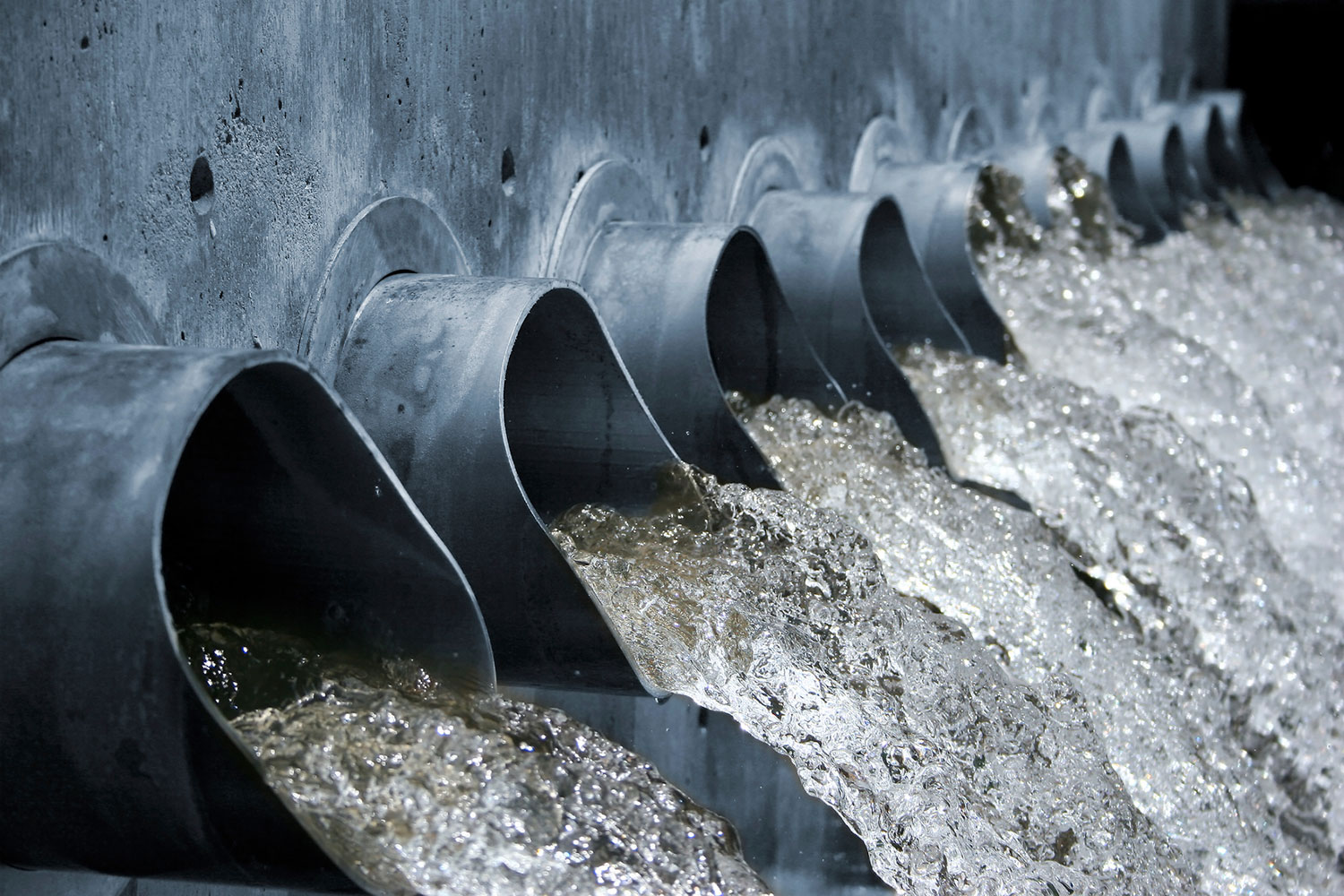Description

Disclaimer: Copyright infringement not intended.
Context
- The National Mission for Clean Ganga (NMCG) in association with APAC News Network virtually organised the 6th edition of the monthly ‘Webinar with Universities’ series on ‘Igniting Young Minds, Rejuvenating Rivers’.
- The theme for the webinar was ‘Waste Water Management.’
- The webinar shed light on various issues emerging across the country jeopardizing water security and increasingly being manifested in the form of climate change and also emphasized the urgent need to find solutions to the issues pertaining to the water sector so that the next generation would not have to face such problems.
Wastewater in India
- India’s population is deeply vulnerable to changes in water supply and wastewater problems.
- Climate change-related effects on the monsoon are having and will continue to have, huge implications on agriculture, which makes India even more vulnerable as more than 60% of the country’s population relies on agriculture for livelihood and nearly two-thirds of the cultivated land is rain-fed.
- India generates a staggering 7 million tonnes of faecal waste a day. Official figures show that 78% of the sewage generated remains untreated and is disposed of in rivers, groundwater or lakes.
- The two main sources of water contamination are sewage and industrial waste. With both the population of India and its industrial landscape increasing at a phenomenal speed, wastewater volume is also at an alarming rise.
- Adding to this is the shrinking of freshwater sources like rivers, wells, and groundwater.
- Especially in urban areas water resources are under significant pressure due to high water demand and complex consumption patterns within small but highly densely populated areas.
- Currently, we are meeting the demands of most of the cities by transporting water from hundreds of kilometres. This is both inefficient and energy-intensive.
- A local level solution is thus essential for sustainable water management. Practices such as the reuse of treated wastewater would be of immense significance in achieving water security.
Wastewater Management in India
- Under Namami Gange Programme, around 164 Sewage Treatment Plants are being constructed worth Rs. 25000 crores that will help to treat around 5000 MLD of wastewater, resulting in major savings of freshwater resources.
- The Water (Prevention and Control of Pollution) Act, 1974, amended 1988
- This legislation was introduced to provide for the prevention and control of water pollution and the maintaining or restoring of the wholesomeness of water.
- It also provides for the establishment of boards for the control of water pollution.
- The Water (Prevention and Control of Pollution) Cess Act, 1977, amended 2003
- This Act binds consumers who are carrying on an industry that falls within the provisions to affix meters for the purpose of assessing the quantity of water used in the act.
- Industries also have to include operations or processes or treatment and disposal systems which consume water or give rise to sewage effluent.
- Only one-third of India’s wastewater is currently treated, leading to the high burden of water-borne diseases.
- While urban water access is high on average, significant gaps remain across the country, and wastewater treatment remains stuck at the national average of around 33%.
- Large wastewater generators—Punjab, Maharashtra, Gujarat, and UP—can potentially treat 65-100% of their urban wastewater. Despite this, many populous states, such as Madhya Pradesh, Bihar, and Andhra Pradesh, have only enough installed capacity to treat less than half of their wastewater. Further, several North-Eastern and Himalayan states have low or no capacity for treatment.
Steps to Improve Wastewater Management in India
- The Council on Energy, Environment & Water (CEEW) in association with the 2030 Water Resources Group completed an in-depth study on finding viable pathways for improved wastewater management in India.
- This study highlights a framework of essential factors for decision-making.
- This study involved a critical literature review, comparative analysis of wastewater treatment technologies, an in-depth study of 17 global case studies and expert interviews with wastewater treatment plant operators, academicians/researchers, urban planners/architects and technical and financial experts.
- Eight factors were identified as the most critical factors for making an informed decision:
- Drivers for initiating wastewater management,
- Policies and regulations,
- Access to technology and finance,
- The scale of intervention,
- Management strategy and institutional framework,
- Public perception,
- Phases of deployment, and
- A framework for a participatory approach.
- An MS Excel-based techno-economic tool which calculates the feasibility of water, energy and fertilizer recovery from wastewater was also developed.
- The tool helps in determining the potential tariff, based on the choice of technology and level of treatment required, for the recycled wastewater at which it can be sold to recover treatment and supply costs.
- The study establishes that direct benefits through recovered resources from wastewater could make an economically attractive case for practitioners to adopt circular economy pathways to manage wastewater.
- There are numerous indirect health and environmental benefits, which makes the case even stronger.
- This study could potentially guide utilities toward making treated wastewater reuse a viable option.
- Attaining high rates of economic growth for India will directly be a function of the sustainable use of water, particularly in recycling & reuse as it will be crucial for future urban planning and policy.
- Wastewater can be a cost-efficient and sustainable source of energy, nutrients and other useful by-products like organic and organic-mineral fertiliser. The benefits of extracting such resources from wastewater go beyond human and environmental health. They have implications for food and energy security as well as climate change mitigation.
https://www.pib.gov.in/PressReleasePage.aspx?PRID=1823954












